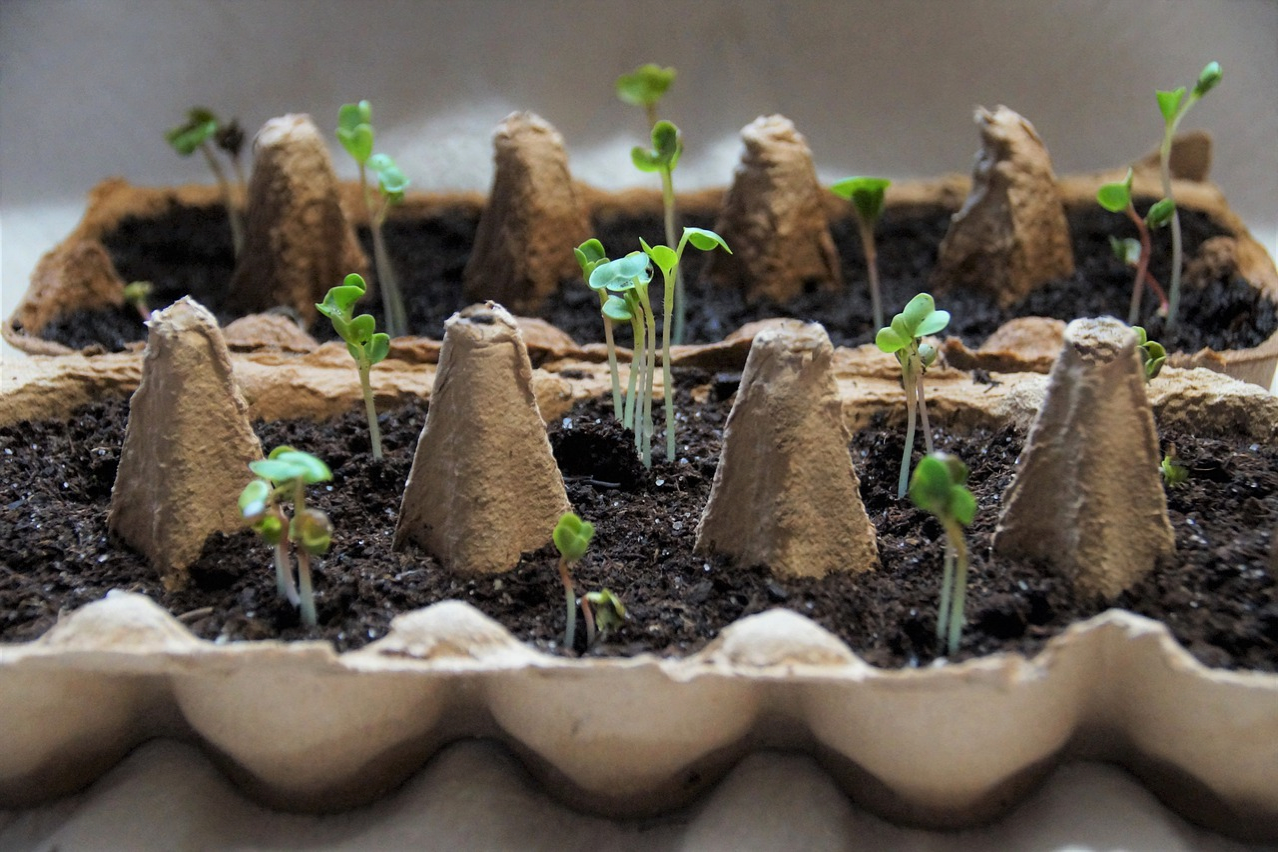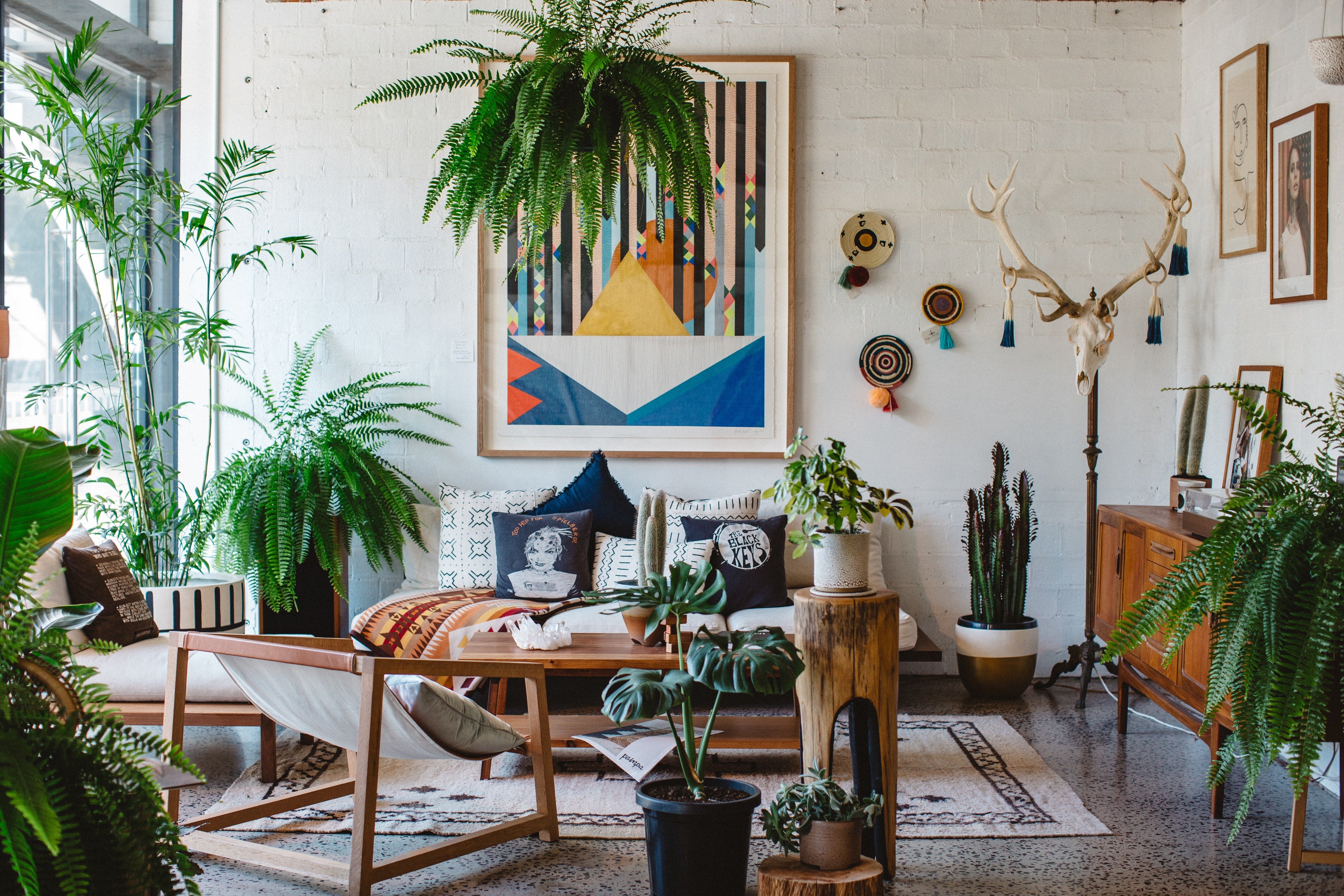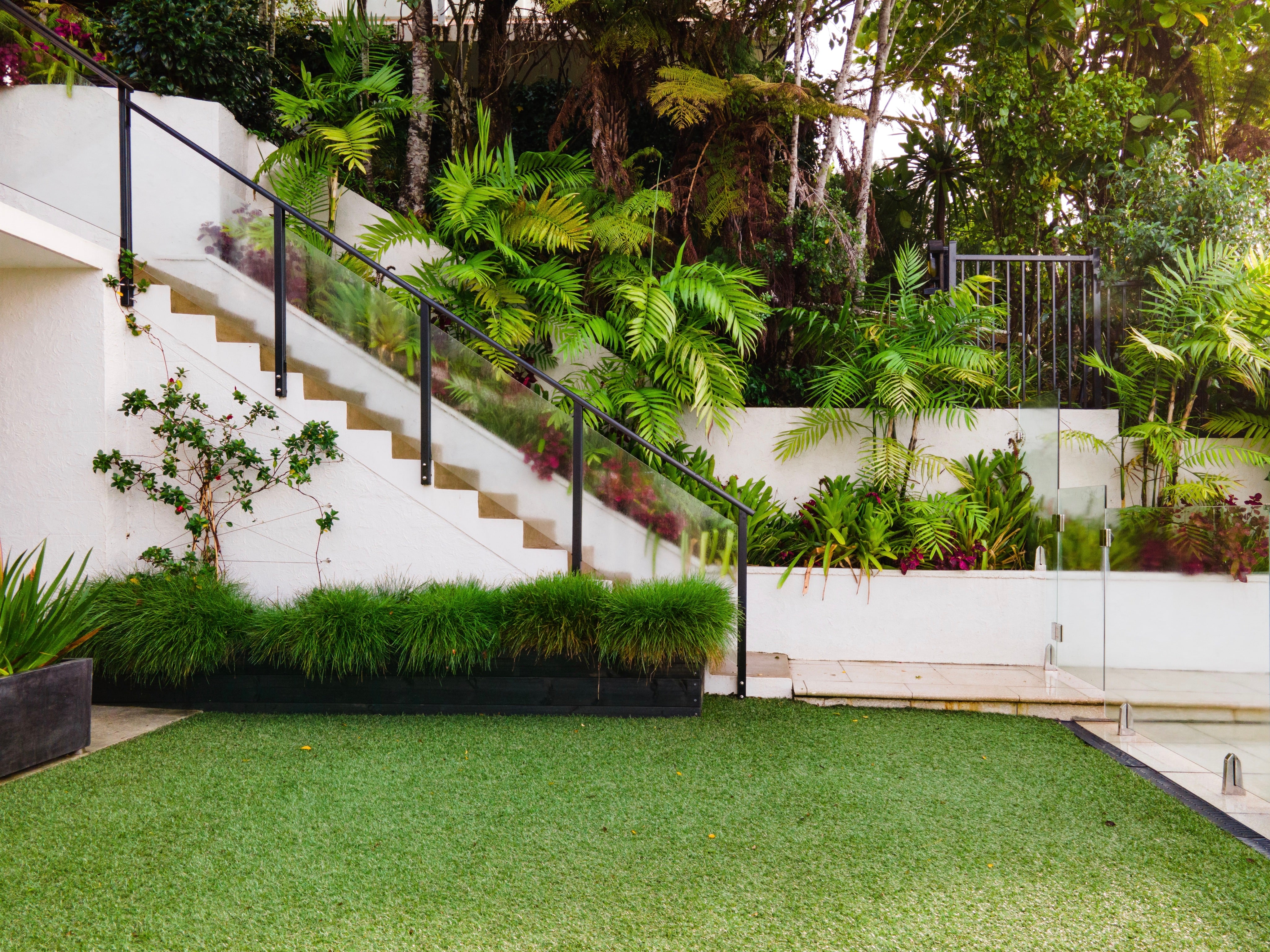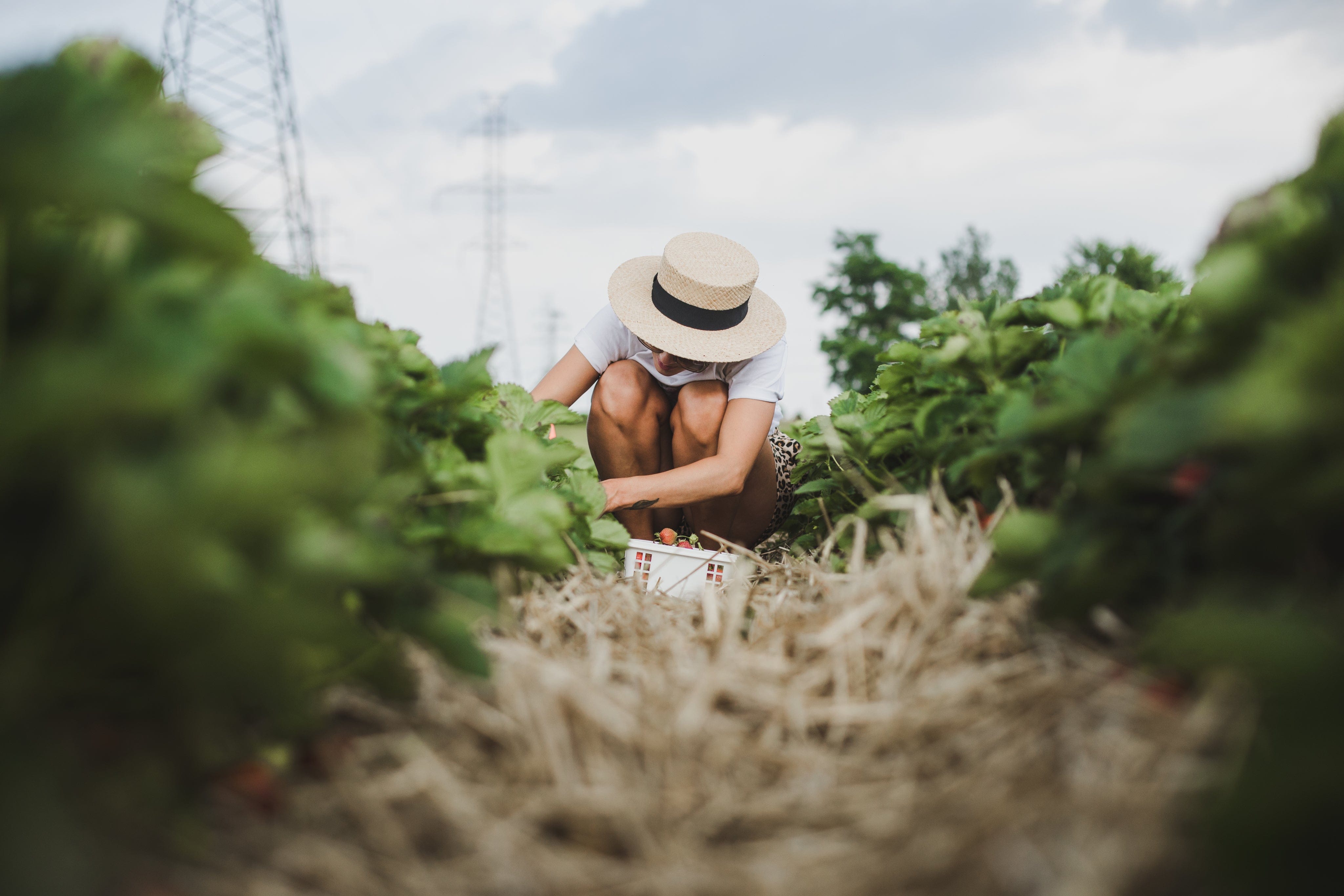
How To Sow Seeds - Step-by-Step Seed Starting Guide
Growing a garden from seed is a fantastic experience. Not only does it give a sense of achievement, but it's cheap too. Though many plant varieties are available as potted nursery seedlings, they're expensive. Not to mention the countless, sometimes rare, varieties you can explore by growing from seeds.
Seed starting may seem simple, but it's a skill not many can perfect. However, don't be too intimidated just yet. As long as you take care of a few things and avoid some common mistakes, it's all good. Read on, and you'll learn all there is to know about seed sowing.
6 Steps To Follow
- Know When To Sow
The first most important factor in seed sowing is to get the timings right. Many gardeners like to get a head start on the season by sowing seeds indoors. Different varieties have different planting times. The seed packet will tell you when to plant the seeds. Warm-season vegetables, for example, are typically started indoors a few weeks before the last spring frost.
Many crops can also be started outdoors by sowing seeds directly in the garden, primarily if your climate supports a long growing season. The seed packet will also tell you the best planting time outdoors. If there's no indoor planting information on the package, the variety is best planted directly in the garden outdoors. This method is called a direct sow.
- Choose A Container
Seedling trays are the ideal option to start seeds in, but you can use any small container that's at least 2 to 3" deep and has drainage holes at the bottom. You can even use egg trays, milk cartons, or yoghurt cups.
- Set up the Growing Medium
Seed-starting mix is best for planting seeds since it's specialized with all the proper nutrients and the best structure for the purpose. Alternatively, you may also use a potting mix for the purpose but this is not advised.
An easy and cheap growing medium is palm peat. Plam peat is perfect for germinating seeds before transplanting them into the garden.
Before filling the mix in containers, scoop it into a tub and moisten it with water. Mix the water evenly into the mixture with your hands until the consistency of the mix is similar to a wrung-out sponge. The soil should not be waterlogged, nor should there be any dry lumps.
- Fill The Containers
Next, fill the prepared soil into the containers until they are two-thirds full. Gently tap the top to remove gaps. Don't pack the soil too tightly since the seeds will germinate best in aerated and light soil.
- Plant Seeds
The seed packet will tell you the ideal planting depth of the seed. A quarter of an inch depth into the soil is sufficient for most seeds. Bigger ones will need to be buried slightly deeper. The easiest way is to make small depressions in the centre of the soil in each pot and drop two seeds into it. Cover them by sprinkling more soil on top. Planting two seeds per pot will increase the chances for seedlings. If both seeds germinate, snip the weaker seedling and keep the other one.
Once you've planted the seeds, mist the soil surface with a mister or a watering can. Many gardeners cover the pots with plastic wrap to keep the seeds moist and warm to speed up germination.
- Provide The Ideal Conditions
Place the containers in a warm spot and check regularly. For most seeds, the ideal germination temperature is about 20 to 25 degrees Celcius. You can place them over a heating mat specially designed for seed germination. If you don't want to purchase a heating mat, you can also place the seed tray over the fridge.
Damp soil can promote fungal growth which is great for the roots of the plant. You shouldn't be able to see the fungal growth. Once you see sprouting, remove the plastic cover on top and move the tray to a spot with light. Once the plastic cover is removed, you'll need to water the soil regularly to keep it from drying out. Unlike older plants, seedlings prefer frequent, shallow watering. Maintain good air circulation to prevent diseases.
Avoid Common Mistakes
Here are some common mistakes that gardeners often make while starting seeds. You can ensure a successful garden by avoiding these even if you don't have much experience beforehand.
- Starting Too Early
Starting the seeds too early means that your seedlings grow bigger and are ready to be transplanted before the temperatures are ideal outdoors. In this case, you'll need to transplant them into bigger pots and wait for the outdoor temperatures to turn warmer. This trouble can be avoided by planting at the right time, so the seedlings are transplanted directly into the garden without being transferred to a bigger pot.
- Planting Deeper Than Ideal
Most seeds need to go a fraction of an inch deep into the soil. Planting them too deeply makes it difficult for the seeds to emerge. In most cases, they won't emerge at all. If you don't have instructions on how deep to plant a variety, plant it twice as deep as its width. Certain seeds, such as lettuce, need light to germinate. Either leave them uncovered or cover them only lightly with soil.
- Not Giving Warmth
Seeds germinate in warm soil. Different varieties have slightly different ideal germination temperature ranges that sprout the fastest. This perfect range is for the soil temperature and not the air temperature. Even if the room is warm enough, the soil may not be at the ideal temperature. Provide warm soil by placing the containers over a heating mat.
When to plant the seedlings
As the seedlings grow bigger, they will eventually need to be transplanted into the garden or a bigger pot. They cannot continue growing in the existing pot since it’s too small to support the roots of a grown plant. A good rule of thumb is to transfer them to a bigger pot once they are twice as tall as the depth of the container they are in. If you're growing them in a seed tray, roots emerging from the bottom of the cells is also a sign that the plants need a bigger pot.
Wait until you see the first true leaf on your newly germinated seedlings before you transplant the young plants. This will normally be the third leaf that you see and often will look slightly different to the first two leaves.

The seedlings will be very fragile at this stage and you will need to be very gentle when transplanting them. Try to keep as much of the soil with the plant when transplanting as possible.
The best soil for your new seedlings is a seedling mix from your local garden nursery. If you decide not to use a seedling mix then there are a few additions you need to make to your soil for the best results. First add palm peat, at a ratio of 4 parts soil to 1 part palm peat. This will help retain water in the soil and increase root development. Vermiculite is another essential addition at a ratio of 3 parts soil to 1 part vermiculite. Vermiculite holds water and nutrients in the soil. Lastly, add organic fertilizer which helps boost the growth of the seedlings. A great option is StartGro from Ecobuz.
Lastly, introduce your plants to the sun slowly. A new seedling won't be able to handle full sun directly after germination. Try to give the new plant more and more sun over a couple of weeks and keep an eye on the plant for signs of burns.
Hopefully, this blog gives you a great starting point for growing plants from seeds. If you have any questions give us a shout and we'll be happy to help out.




5 comments
Plants
Rene govender
HOW TO SOW SEEDS – STEP-BY-STEP SEED STARTING GUIDE
Paula Matthee
Good seedling info
Keiran
Thank you. Much appreciated 👍
Annita Cochrane
Thank you for the info on sowing of seeds .Will be doing just this .
Can palm peat and Vermiculite be bought at our local Garden Nursery 🌻🌻
Lynette Theron
Leave a comment
This site is protected by hCaptcha and the hCaptcha Privacy Policy and Terms of Service apply.